Practice Wise 5/18/11
Since I didn’t formally introduce myself in my initial posting last month, Inga asked me to take a brief moment to do so now. I’m the founder of a practice management consulting firm. Although we do soup to nuts practice management consulting, we have focused on filling the information gap between the ambulatory medical practice and their technology solution providers. We consult on some software, sell a few products, but mostly consult on practice management and performance as a whole.
This is not a platform for me to sell my products or services, but to do more of what I do every day: share information and opinions. I’m not banking that everyone will agree with what I have to say, nor does it matter.
What I know is that most technology vendors have a disadvantage communicating with their clients – the medical care providers. I come from both a hospital and ambulatory clinic background. My perspective in this blog is to give voice to the needs of the medical staff and providers as they wind their way through this crazy technology landscape.
Where the Workers Are
We keep hearing that with the great rush towards EHR adoption, there is going to be a serious shortage of HIT people to handle all the implementations and support roles. I was recently invited by our local community college (Portland Community College) to speak to a group of students completing their HIT program. A consortium of five Oregon community colleges have joined the nationwide effort to train and find employment for workers to help fill the projected HIT worker gap.
The consortium is targeting unemployed individuals with health care or information technology backgrounds as well as currently employed workers in both fields who are ready to take advantage of the opportunity to expand their professional portfolio. The colleges will use their connections with local employers to help place newly-trained HIT workers in jobs that will promote the adoption and meaningful use of EHR systems in Oregon.
The program received seed money through an ONC 2 year grant. The Health Informatics Concentration of Study Award is a short-term training program, created to meet the needs of two types of professionals:
- The healthcare professional with high computer literacy who is interested in acquiring programming, networking, and database development skills in order to enter the health informatics industry.
- The IT professional who is interested in acquiring knowledge of medical terminology, medical records, and health information management in order to enter the health informatics industry.
Going into it, I knew that this was a program to retrain adult students who were looking to change up their careers. What I didn’t know was that this program is a treasure trove of amazing talent. Although I was there to share my industry experience and an employer’s perspective of the industry to these students, I ended up getting an education about the caliber of students these programs are producing.
If you are an EHR vendor, a hospital HIT manager, an ambulatory medical practice, or a consulting firm, you can’t afford to overlook this deep pool of talented individuals. I stayed after the presentations were done to meet with the students. I found myself talking with a computer programmer with dual degrees, an RN with practical clinic experience in EMR implementation, a SQL programmer/DBA, and a bevy of IT folks who had some health care experience or none at all, but many years of IT experience and a deep desire to break into this industry.
Every one of these folks had a well-crafted resume, an excellent elevator presentation of themselves, and a passion to find a job that offers them some level of security for the near future. As an employer, I’m really excited about the value of the potential employees coming out of this program.
You, too can tap into this gold mine. This program curriculum is currently being used in 82 community colleges that received grants from ONC, but the curriculum is going to be available for free to the 1200-1400 community colleges nationwide this summer.
There was a dual grant for this program, the second part being a curriculum development grant awarded to top universities such as Oregon Health & Science University, Duke, U of Alabama, Columbia, and Johns Hopkins. This ensures a robust and content rich program that guarantees that the students are getting course work that is readily applicable in our industry.
Did I mention that I’m excited about this program for my own business, the industry, and my clients as well? There is a talent pool waiting for us to dive into and show them where the jobs are. I’ve already started interviewing several of these folks for both positions with my company and with clients of ours who are starting EHR implementations. I’ve forwarded a few resumes to local healthcare IT support vendors. Check it out in your community.
Julie McGovern is CEO of Practice Wise, LLC.


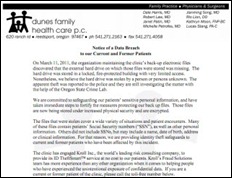
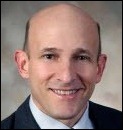


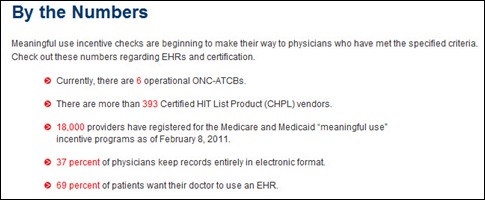




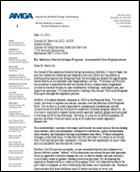

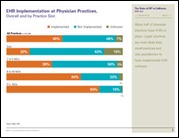


The article about Pediatric Associates in CA has a nugget with a potentially outsized impact: the implication that VFC vaccines…